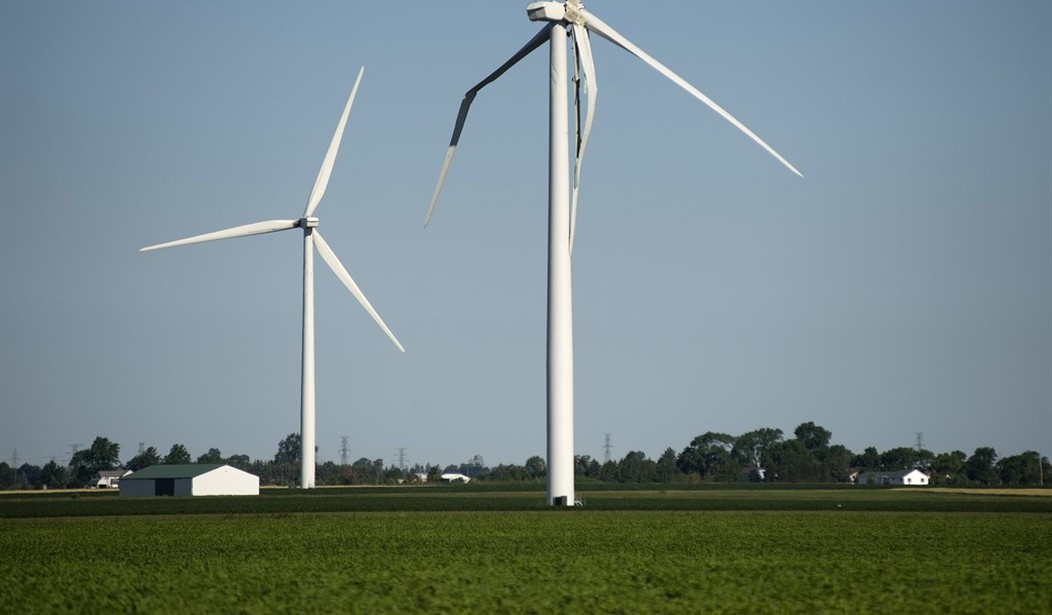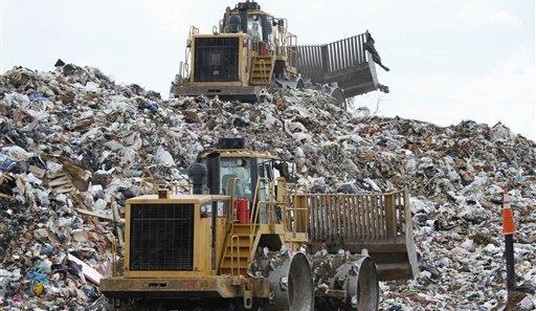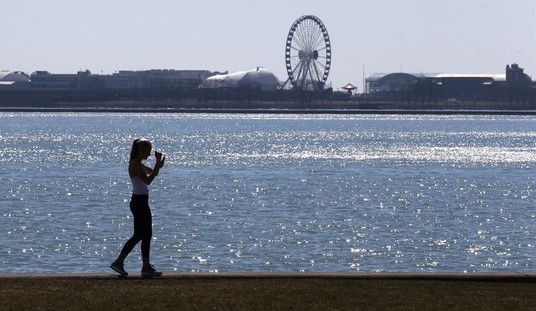Recently, while discussing data on energy resources, I was struck by the idea that wind and solar as grid-scale energy sources share a lot in common with what we call “fast fashion.”
For those who don’t know, “fast fashion” is the name given to the kind of clothing you find at stores like H&M or Forever 21, or online retailers like SHEIN.
The clothing is trendy, it takes up a lot of space in your closet, and the items often need to be replaced more frequently than traditional clothing.
Solar and wind follow a surprisingly similar track.
They are certainly trendy, no renewable gets the media attention that wind and solar do, and they are adapted quickly because they are made to be relatively easy to install. Solar and wind, in particular, are land-hungry among energy sources. In other words, they take up a lot of space. And, as it turns out, their operational lives are often much shorter than what their proponents advertise.
The popularity of wind and solar is obvious enough - if you google the words “renewable energy,” the vast majority of sources begin by discussing wind and solar, google images mostly show wind and solar, and other renewables such as geothermal are something of an afterthought. The U.S. Energy Information Administration’s data show that wind and solar produce more electricity than almost any other renewable aside from nuclear and hydroelectric. It seems that you can’t drive anywhere nowadays without passing a gigantic wind farm or solar array.
There is another reason why they seem to be everywhere, though—and that is that they are both among the most land-hungry electricity generation sources. According to a 2017 study, wind is calculated to take up 70.6 acres per megawatt, and solar gobbles up 43.5 acres per megawatt. On the other hand, coal, natural gas, and nuclear all have similar footprints — around 12-13 acres per megawatt.
Advocates claim with wind and solar, the land can be used for other purposes as well, and this might be true for wind. Its towers are often erected in farm fields in places like Iowa, except that setbacks are needed from structures for safety reasons. Wind is also hungry in the vertical, taking up airspace for raptors and bats, which it often kills. Wind also dries out the soil beneath and near the turbines. Moreover, certain rural activities, like hunting, are typically frowned upon near expensive turbines.
Solar usually doesn’t involve much multi-use in practice because the ground needs to be relatively clear around those panels for access and effective operation.
Regardless, the look of the landscape isn’t pleasant, just like a look in a shopaholic’s closet.
And that’s not even taking into account the capacity factors of wind turbines and solar panels. Just because there is an installed, hypothetical capacity of power generation doesn’t mean they actually perform that well. Wind and solar have low capacity factors, much of which is due to the fact that the wind doesn’t always blow and the sun doesn’t always shine. But another issue should be considered: Their efficiency also drops as they age, which neatly brings us to the next point.
Fast fashion clothing is made in huge quantities, quickly, with cheap materials and little quality control, and because of this, it is usually quick to fall apart at the seams, tear, or unravel. Often, unless the buyer takes great care of their cheap clothing item, it is destined for the trash before the next season.
While grid-scale wind turbines and solar panels are probably not made carelessly or cheaply, they do have much shorter lifespans than advertised and are projected to fill landfills in coming years with vast amounts of waste, given the sheer size of wind turbine blades in particular.
Fast fashion clothing is pretty well acknowledged to be bad for the environment, particularly when compared to clothing that is made well and meant to last longer. Environmentalists have no hang-up informing people that fast fashion clothing, from its creation to its too-soon journey to the landfill, can be harmful, and encourage people to avoid it. However, this is not the case with wind and solar, despite the fact that less land-hungry and more effective resources exist.
What’s the motive, then, for pushing wind and solar over even other renewables?
Well, they are trendy, you buy a lot of them, and they break early, necessitating frequent replacement. This is what we might call a “sustainable” business model– for the solar panel and turbine-selling businesses.
Oh, and as a little icing on the cake, or bow on the new fast fashion blouse, if you will, wind turbine parts, solar panels, and the needed batteries for backup are also often produced using slave labor.
Linnea Lueken ([email protected]) is a research fellow with the Arthur B. Robinson Center on Climate and Environmental Policy at The Heartland Institute. Twitter: @LinneaLueken













Join the conversation as a VIP Member